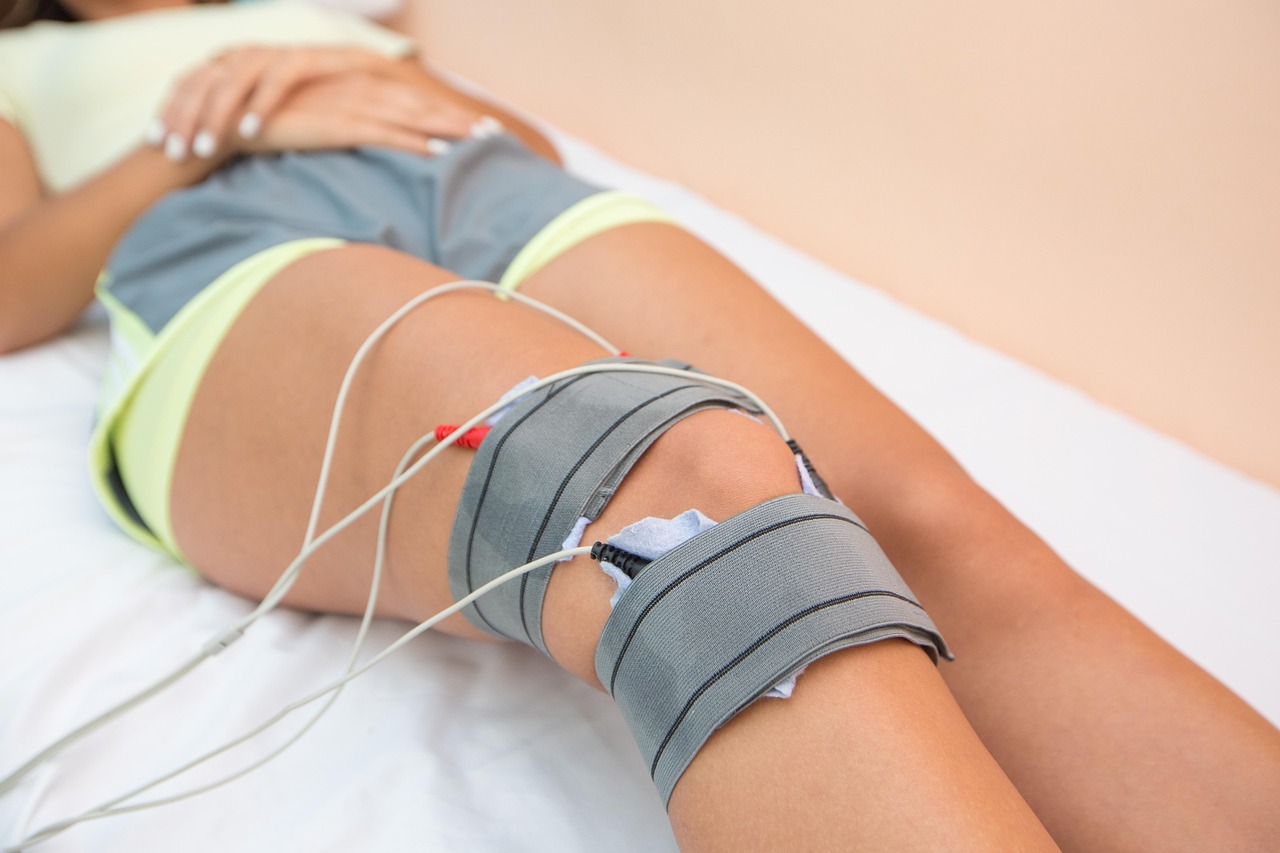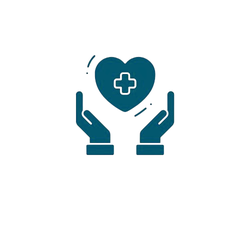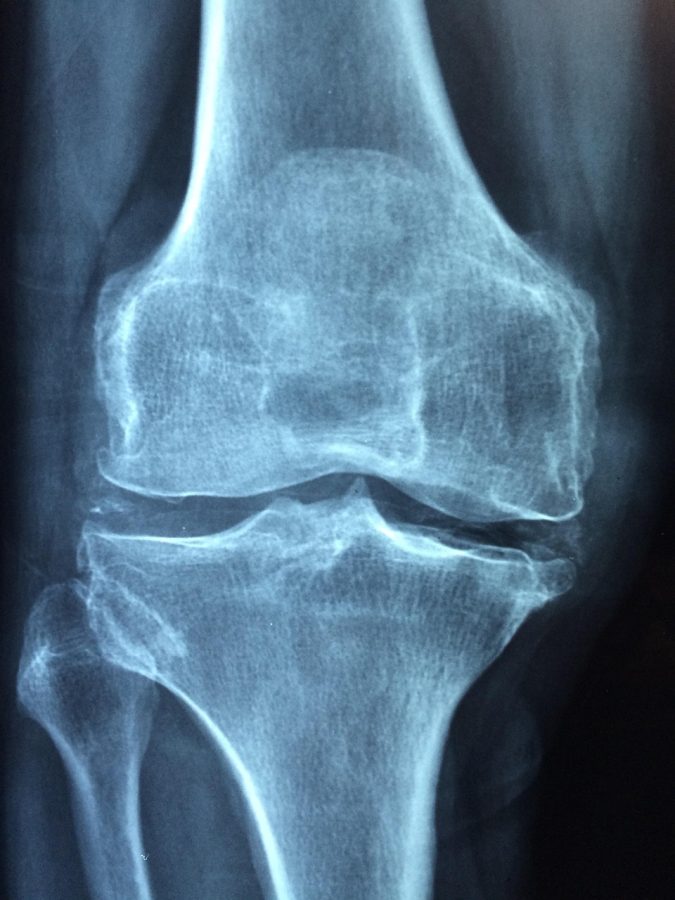Quick Answer
Arthritis in your 40s can begin silently, showing as morning stiffness, swelling, or aching joints. Early lifestyle changes and medical care slow its progress.
Quick Action Plan
- Track symptoms like stiffness or swelling that last more than two weeks.
- Adopt low-impact exercise such as cycling or swimming to protect your joints.
- Consult a doctor early to confirm diagnosis and start treatment if needed.
Sources: Harvard Health, Mayo Clinic, NIH/NIAMS
Arthritis in your 40s is more common than most expect. The good news is that with early recognition, smart training, and weight management, many people remain active and independent without constant pain.
Why does arthritis start in your 40s?
Because cartilage naturally thins with age and old injuries or weight amplify the wear.
While many think arthritis belongs to older decades, arthritis in your 40s is increasingly recognized. Poor posture, obesity, sedentary habits, and past sports trauma all raise risk. This connects directly to joint pain after 40 across hips and knees.
Arthritis in your 40s often develops slowly, beginning with subtle stiffness after sitting or a dull ache after physical activity. At this age, cartilage wear, hormonal shifts, and reduced muscle mass combine with lifestyle habits to accelerate joint changes. Recognizing these early signals helps prevent long-term disability and makes treatment more effective.
What are the early signs of arthritis in your 40s?
Morning stiffness, joint swelling, tenderness, and pain that lingers after rest are common signs.
People often confuse arthritis in your 40s with simple fatigue. But if your stiffness lasts more than 30 minutes or your knee joint pain at 40 worsens after sitting, it may be arthritis. Hip joint pain at 40 can also be an early marker.
How does arthritis in your 40s affect daily life?
It limits mobility, makes stairs harder, and adds fatigue to simple tasks.
Adults with arthritis in your 40s often report difficulty tying shoes, climbing stairs, or rising from chairs. Over time, this overlaps with knee problems after 40 and general joint pain after 40, reducing independence.
What types of arthritis can begin in your 40s?
Osteoarthritis, rheumatoid arthritis, and gout may all start in your 40s.
Arthritis in your 40s is not only wear-and-tear osteoarthritis. Autoimmune conditions like rheumatoid arthritis often emerge in this decade. Gout flares also become more common, adding to hip joint pain at 40 and even knee joint pain at 40.

Is arthritis in your 40s genetic or lifestyle-driven?
It is usually a mix of both, with genetics setting the stage and lifestyle speeding it up.
Family history strongly predicts arthritis in your 40s. Yet obesity, weak muscles, and inactivity play just as large a role. The same risks drive knee problems after 40 and hip joint pain at 40.
How is arthritis in your 40s diagnosed?
Through a clinical exam, X-rays, blood tests, and sometimes MRI or ultrasound.
Doctors look for swelling, joint space narrowing, or immune markers. If joint pain after 40 persists, testing distinguishes knee joint pain at 40 from inflammatory arthritis. Early diagnosis leads to better outcomes.
Can exercise reduce arthritis pain in your 40s?
Yes—low-impact activity strengthens muscles and eases joint pressure.
Walking, swimming, and cycling reduce stiffness in arthritis in your 40s. Strength training improves joint stability, easing hip joint pain at 40 and knee problems after 40.
What role does diet play in arthritis in your 40s?
Anti-inflammatory diets reduce flares, while processed foods worsen pain.
Vegetables, omega-3 fish, nuts, and olive oil support joint health. Sugary drinks and processed foods worsen inflammation and joint pain after 40.
When should you see a doctor for arthritis in your 40s?
If pain lasts more than two weeks, limits mobility, or is paired with swelling or fever.
Seeking help early prevents permanent damage. This is true for arthritis in your 40s and other sources of joint pain after 40 such as knee problems after 40.
What treatments help arthritis in your 40s?
Exercise, medication, physical therapy, and lifestyle changes are first-line treatments.
Doctors may recommend NSAIDs, physiotherapy, or joint injections. Long-term plans involve weight loss, mobility work, and strengthening. These steps reduce hip joint pain at 40 and knee joint pain at 40.
FAQ: Arthritis in Your 40s
Is arthritis in your 40s common?
Yes, many adults start to notice early arthritis in their 40s, especially if risk factors exist.
Does weight loss help arthritis in your 40s?
Yes, losing 5–10% body weight reduces pressure on joints and lowers pain.
What vitamins support joint health?
Vitamin D and omega-3s may help if deficient, but food first is always best.
Related Articles
- Joint Pain After 40
- Knee Problems at 40
- Knee Pain Over 40
- Hip Joint Pain at 40
- How to Build Muscle After 40
Take Care of Your Joints Today
Your 40s are the perfect decade to act. Recognize symptoms early, move daily, adjust your diet, and get medical help when needed. Small steps protect your joints and prevent arthritis in your 40s from stealing mobility later in life.

